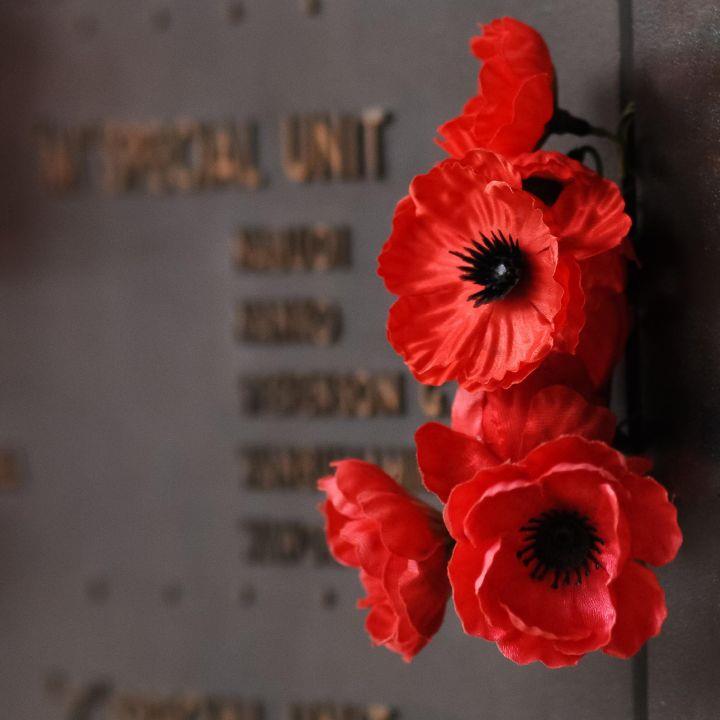The red poppy, ubiquitous around Memorial Day, traces its roots as a “Flower of Remembrance” to World War I and a poem by a Canadian surgeon who was struck by the blooming of the crimson flower in fields where so many had been killed.
“In Flanders fields the poppies blow
Between the crosses, row on row,
That mark our place; and in the sky
The larks, still bravely singing, fly
Scarce heard amid the guns below,” wrote Lieutenant Colonel John McCrae of the war torn fields in Belgium. He continued:
We are the Dead. Short days ago
We lived, felt dawn, saw sunset glow,
Loved and were loved, and now we lie,
In Flanders fields.
Take up our quarrel with the foe:
To you from failing hands we throw
The torch; be yours to hold it high.
If ye break faith with us who die
We shall not sleep, though poppies grow
In Flanders fields.
First published in a London magazine and then in the Allied nations, it inspired two women who, in separate countries, would play a role in making the poppy a symbol of Memorial Day.
University of Georgia professor Moïna Michael wrote a poem in 1918 in response to McCrae’s, titled “We Shall Keep Faith,” and started wearing a red poppy in honor of the troops. She then started making and selling the symbolic red poppies to raise money for veterans.
 |
| File Photo |
The Friday before Memorial Day has been deemed National Poppy Day and funds are still being raised by any number of veteran causes. Poppies are handmade by veterans as part of their therapeutic rehabilitation and distributed across the country by the American Legion Auxiliary in exchange for donations that assist disabled and hospitalized veterans.
The First World War lasted from 1914-1918 and was one of the deadliest global conflicts in history. Fighting occurred throughout Europe, the Middle East, Africa, the Pacific, and parts of Asia. An estimated 9 million soldiers were killed in combat, plus another 23 million wounded, while 5 million civilians died as a result of military action, hunger, and disease, according to a Wikipedia entry. Millions more died as a result of genocide, while the 1918 Spanish flu pandemic was exacerbated by the movement of combatants during the war.
The United States entered the war in 1917 and within a year it was over as Germany and the other “Central Powers” surrendered under the Armistice of 11 November 1918. The Paris Peace Conference imposed various settlements on the defeated powers, the best-known being the Treaty of Versailles.
The horrors of the conflict were detailed in the novel, “All Quiet on the Western Front,” by Erich Maria Remarque, which has been made into several movies.
